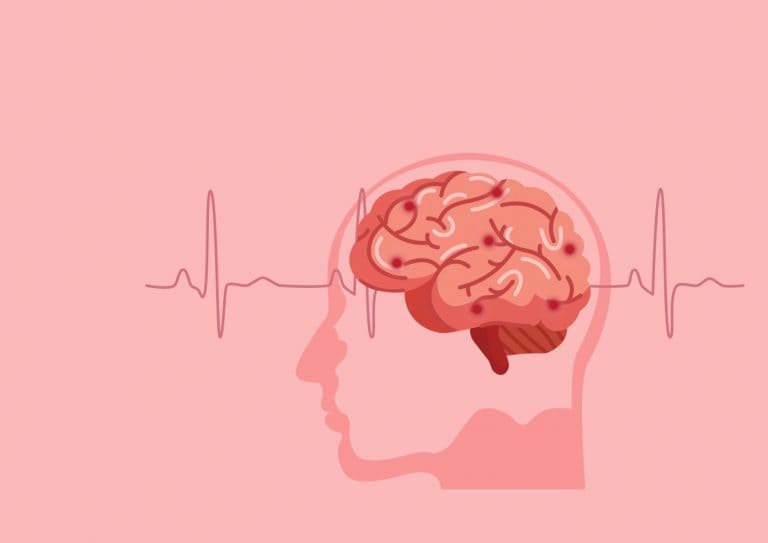Cerebral palsy is a challenging and lifelong condition. It is caused by damage to the brain while an infant is developing in the womb or during labour. It impacts muscle tone and co-ordination, causing its sufferers to lack muscle control, have mobility issues, problems with swallowing and, sometimes, learning difficulties.
Brain damage can be caused by lack of oxygen, infection – in some cases a result of negligent care – or genetic abnormalities.
Despite the amazing advances in medicine in our generation there is currently no cure for the condition. However, scientists are in the very early stages of exploring different methods of using stem cell technology to limit the damage to cells in the brain and so reduce the severity of the condition. Although it is unlikely that this treatment will provide a cure, it could help save certain cells in the brain before they are destroyed entirely.
Even if it is proven to work, time will be of the essence with any ground breaking treatment, as it will have to be applied within that small window of time which exists between the initial injury that caused the damage and the onset of permanent cell loss.
Replacing lost cells in the brain
Scientists are analysing the possibility of transplanting certain cells found in the brain and spinal cord (neural precursor cells) into cerebral palsy patients, replacing cells in the patient’s brain that were lost when it was damaged. But it is an extremely complex procedure and could take many years to develop.
Injecting stem cells to protect or repair damaged nerve cells
A number of studies are being undertaken with the aim of protecting and repairing brain cells damaged in cerebral palsy patients:
- One study involved injecting neural precursor cells into the brains of rats after they had been injured. The tests showed that the cells released chemicals to help the damaged nerve cells to survive
- Scientists are experimenting with mesenchymal stem cells, which can develop into bones, muscle and circulatory tissues. Although the cells cannot develop into brain cells, experiments with mice have shown that they emit substances that can help the recovery of nerve cells
- Experiments are currently underway to see whether umbilical cord blood stem cells can also help repair nerve cells in children with cerebral palsy. It has already been proven that these cells can help treat blood cancers such as leukaemia. This treatment may soon be tested in children in Australia
Possible medicinal cures
Another possible route would be to develop drugs which encourage a patient’s own stem cells to repair damaged tissue.
Despite this promising start, it is not known whether the treatment will work or be able to be given to children. Any treatment would be complicated further by the unique and individual needs and varying abilities of children and adults suffering with cerebral palsy.
Treatment currently available
Despite the difficulties cerebral palsy patients live with, there are treatments now that mean many can live happy, active and fulfilling lives. Medication and therapy can alleviate the symptoms of cerebral palsy.
Medication is available that targets problems such as stiff muscles, uncontrolled body movements, seizures, pain and problems with digestion.
Typical types of therapy include:
- Physiotherapy
- Speech and language therapy
- Surgery
- Specialist teaching
- Occupational therapy
- Educational psychology
- Devices to correct muscle weaknesses
Communication technology and home and mobility aids can also give a cerebral palsy sufferer more independence and confidence to live their as fully and independently as possible.
Preventing cerebral palsy
While no known cure is available, more must be done to prevent cerebral palsy arising due to the negligence of healthcare professionals.
Healthcare trusts need to learn from previous mistakes to ensure they are not repeated and training as to the risk factors must be given and put into practice.
Although claiming for compensation can be a stressful and difficult process, its ability to raise awareness of negligent practices is very effective.
Bolt Burdon Kemp’s cerebral palsy solicitors can help your family find answers to how your child contracted the condition and in turn stop other children getting cerebral palsy in preventable cases.
Find out more about how cerebral palsy can be treated:
- Stem cell research: Eurostemcell.org
- Treatment currently available: Nhs.uk















